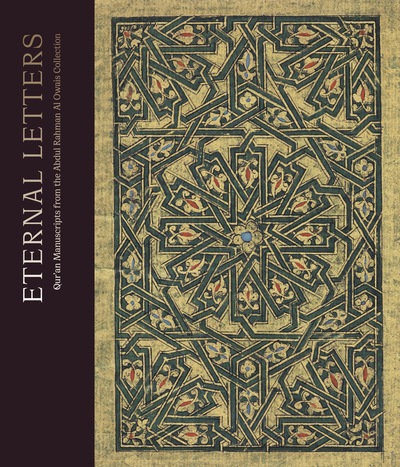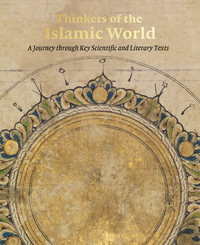Nous utilisons des cookies pour améliorer votre expérience. Pour nous conformer à la nouvelle directive sur la vie privée, nous devons demander votre consentement à l’utilisation de ces cookies. En savoir plus.
Eternal Letters
Holberton - EAN : 9781913645861
Édition papier
EAN : 9781913645861
Paru le : 15 janv. 2025
35,00 €
33,18 €
Bientôt disponible
Pour connaître votre prix et commander, identifiez-vous
A paraître 15 janv. 2025
Notre engagement qualité
-
 Livraison gratuite
Livraison gratuite
en France sans minimum
de commande -
 Manquants maintenus
Manquants maintenus
en commande
automatiquement -
 Un interlocuteur
Un interlocuteur
unique pour toutes
vos commandes -
 Toutes les licences
Toutes les licences
numériques du marché
au tarif éditeur -
 Assistance téléphonique
Assistance téléphonique
personalisée sur le
numérique -
 Service client
Service client
Du Lundi au vendredi
de 9h à 18h
- EAN13 : 9781913645861
- Editeur : Holberton
- Date Parution : 15 janv. 2025
- Disponibilite : Pas encore paru
- Barème de remise : NS
- Nombre de pages : 168
- Format : H:1 mm L:240 mm E:280 mm
- Poids : 0gr
- Résumé : Showcasing thirteen hundred years of Qur’anic calligraphy, this lavishly illustrated catalogue presents over 80 Qur’ans and Qur’an folios from a prominent private collection. For the specialist connoisseur and those new to the field of Islamic calligraphy alike, this publication presents a fresh perspective on this essential area of Islamic Art. The catalogue accompanies an exhibition at the Sharjah Museum of Islamic Civilization. Arabic calligraphy, with its sinuous lines, is recognizable to nearly anyone anywhere today. Its aesthetic appeal transcends cultural boundaries, yet if one were to travel back in time and show it to the inhabitants of Arabia in the first century ce, they would not recognize it; for it simply did not exist. It would have beggared belief that a new alphabet from this part of the world would spread to the confines of the earth and become a major vehicle for the dissemination of knowledge over many centuries. Eternal Letters includes beautiful examples illustrating some of the calligraphic styles used in Qur’an manuscripts across the Islamic world, from the first century of Islam to the modern period. Undoubtedly highlights of the collection include folios from some of the earliest Qur’ans ever written; rare examples of Qur’anic calligraphy from Islamic Spain; a selection of early Qur’ans in cursive script from Central Asia and important manuscripts from the Mamluk, Safavid and Ottoman empires. Six chapters, arranged chronologically, follow the evolution of Islamic calligraphy from its infancy to the present day. Each chapter is accompanied by an introduction presenting the developments in style, technique and the cultural and historical backdrop against which this evolution occurred. Chapter 1 begins with examples of ‘Hijazi’ and Kufic scripts on parchment from the first centuries of Islam. Chapter 2 explores new styles in Qur’anic calligraphy, the legacy of legendary scribes and some of the earliest Qur’ans on paper. Chapter 3 illustrates the artistic links between the Iranian world and the Eastern Mediterranean after the Mongol invasions. In Chapter 4 attention is turned to North Africa and Al-Andalus, including some of the earliest known Qur’ans from Valencia. Chapter 5 discusses the Timurid influence on the imperial courtly styles of India, Iran and Turkey in the early modern period. Finally, Chapter 6 focuses on the Ottoman tradition of calligraphy, which forms the historic core of the Abdul Rahman Al Owais Collection.


